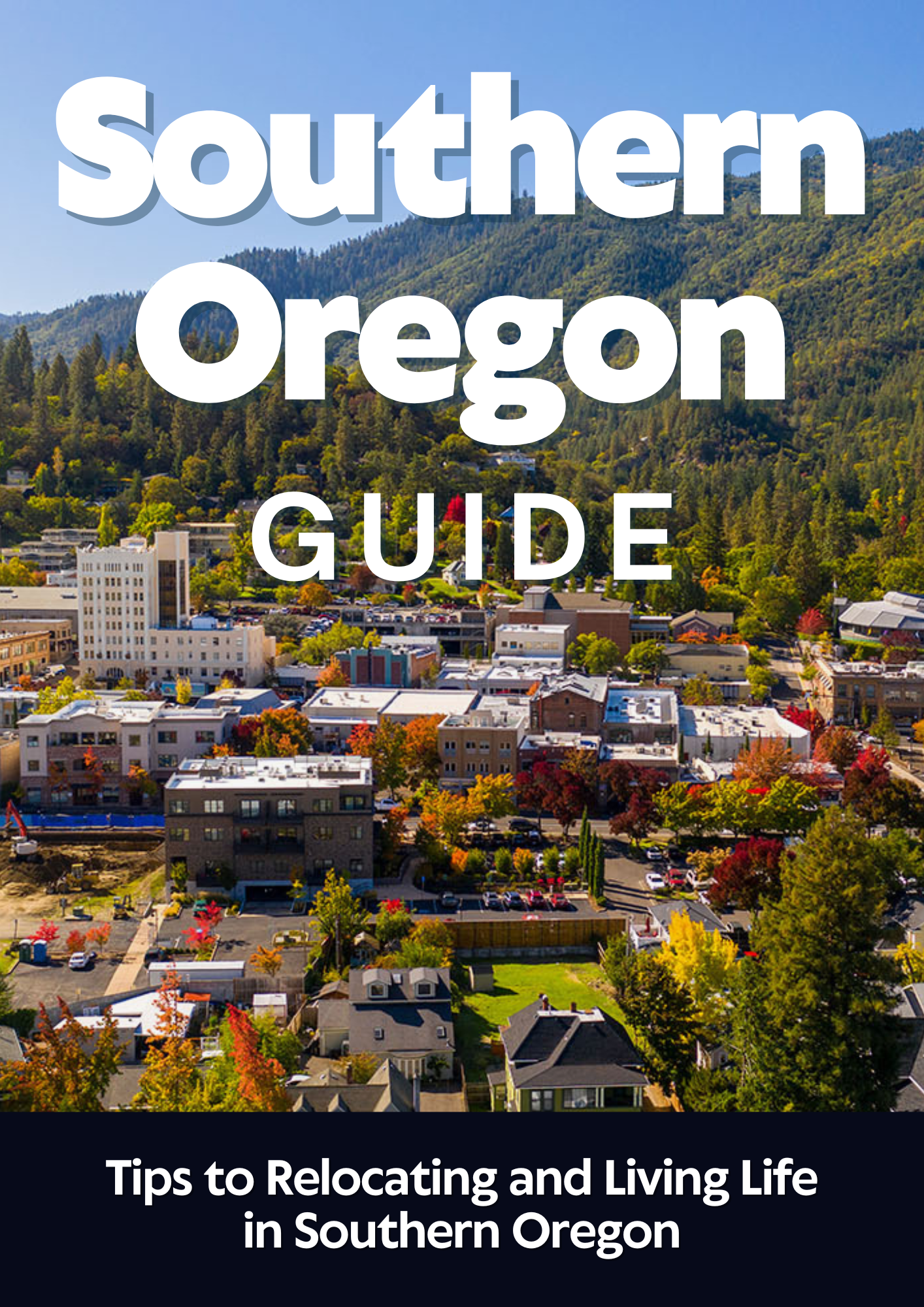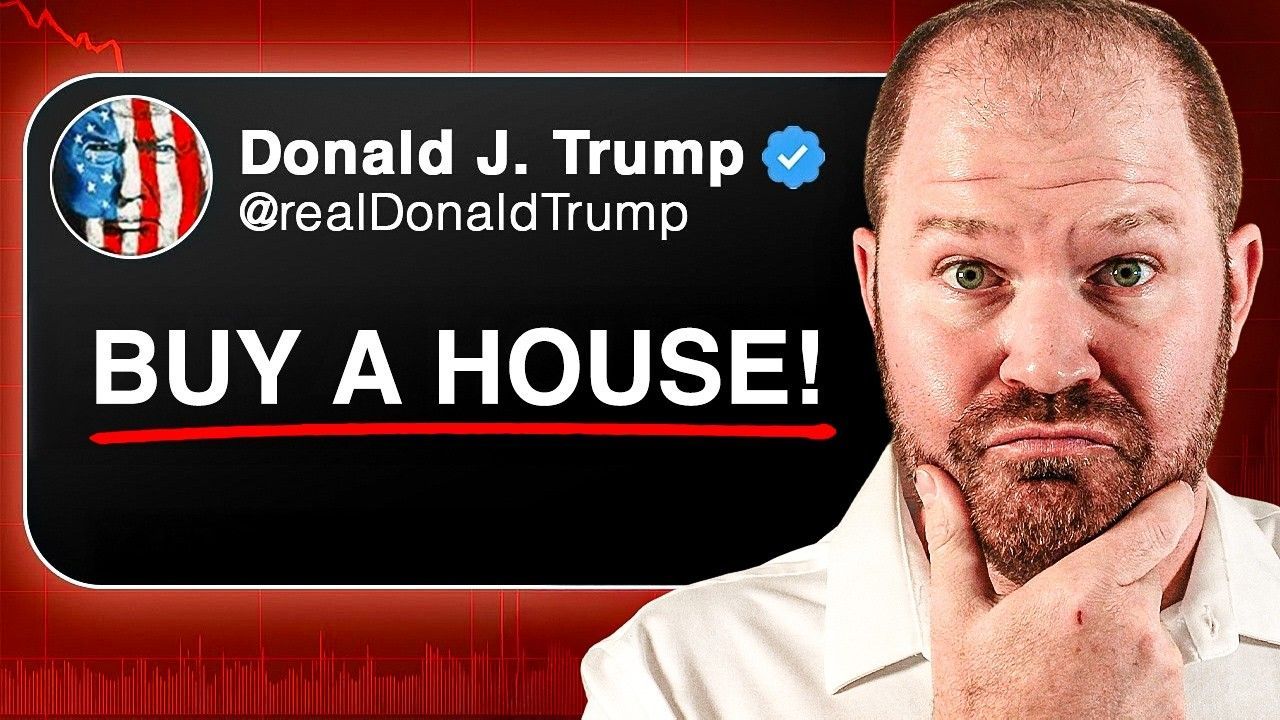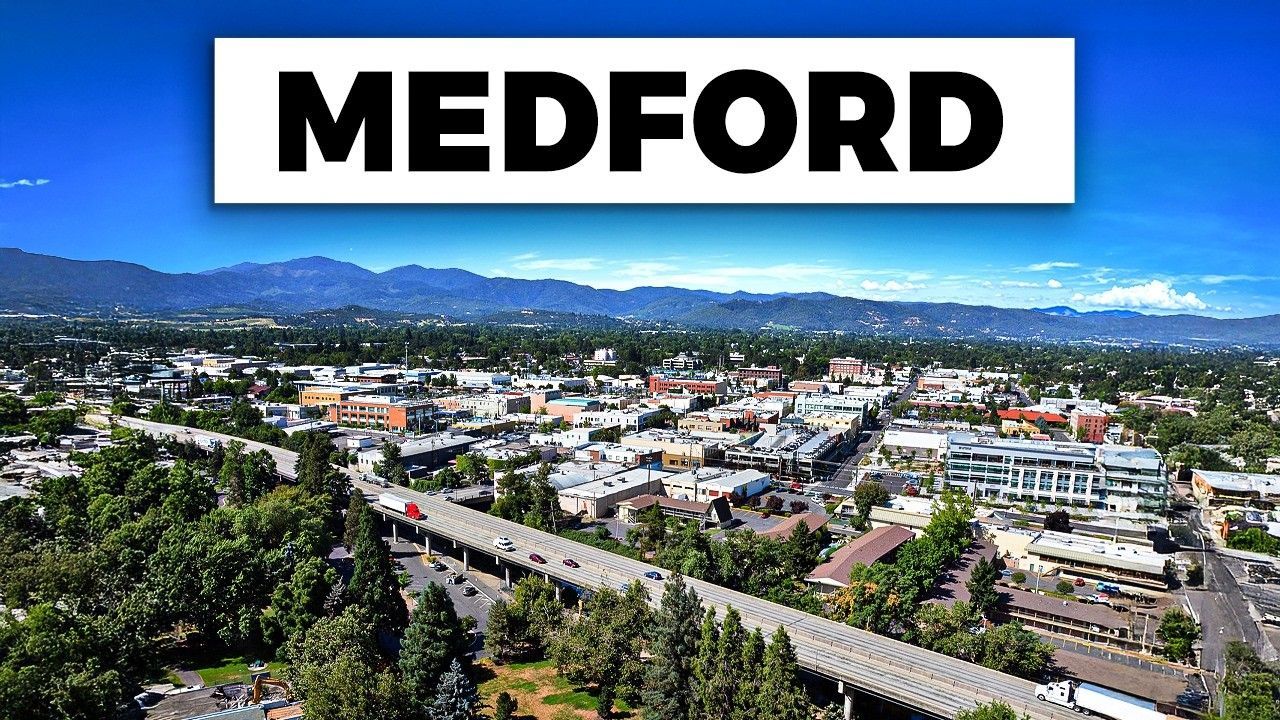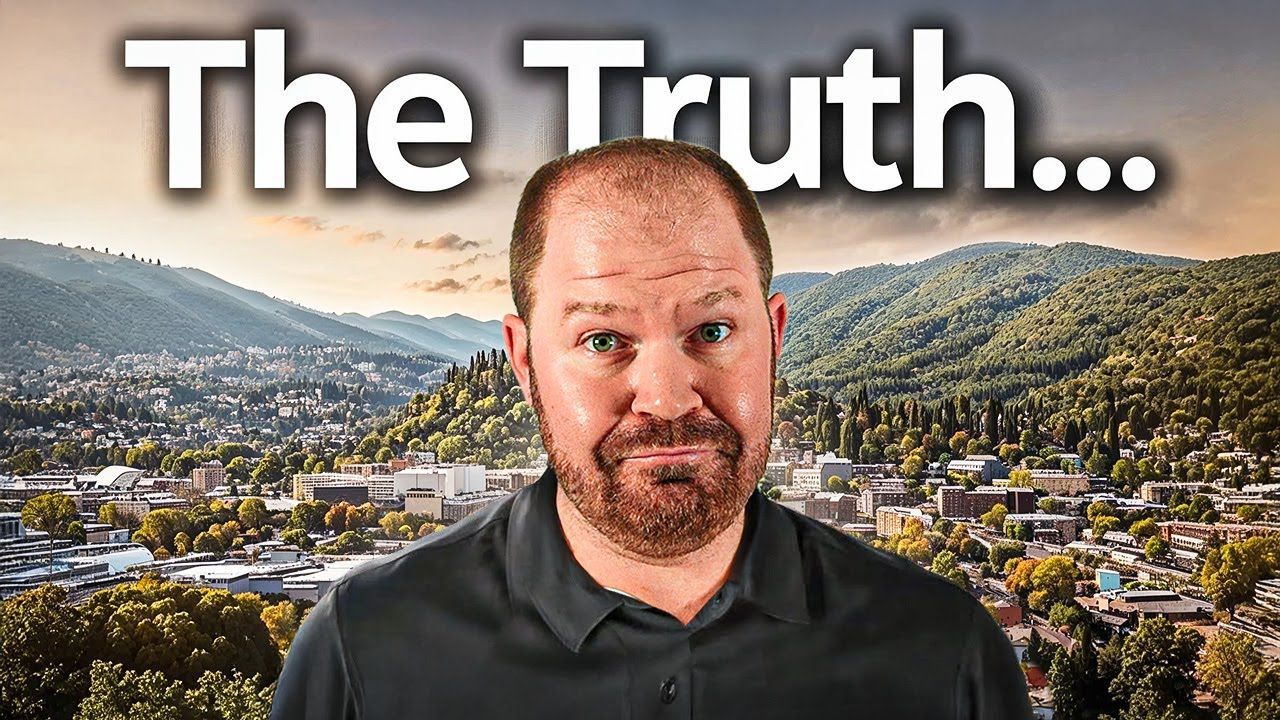Wildfires in Oregon: The Brutal Truth Revealed
As wildfire season approaches, many people are concerned about the reality of living in regions like Southern Oregon, particularly in cities such as Medford, Ashland, and Grants Pass. The questions are plentiful: How bad is the smoke? Will you be confined indoors all summer? Is fire insurance affordable, or even available? If you're contemplating a move to this beautiful area, you're not alone in your curiosity. I'm here to provide you with the facts and insights you need to make an informed decision regarding wildfires in Oregon.
Table of Contents
- Understanding Wildfire Season in Southern Oregon
- The Questions Everyone Asks Before Moving to Southern Oregon
- Surprising 10-Year Data on Wildfires in Southern Oregon
- How Many Smoky Days Does Southern Oregon Really Get?
- Can You Get Fire Insurance in Oregon?
- What’s the Worst-Case Scenario with Wildfires in Southern Oregon?
- Air Quality: Medford vs. Grants Pass
- Is Oregon’s Air Better Than the Rest of the West?
- What Most People Don’t Realize About Wildfires in Oregon
- Final Thoughts on Wildfires in Oregon
- FAQs About Wildfire in Southern Oregon
Understanding Wildfire Season in Southern Oregon
Jackson and Josephine counties are currently moving to moderate fire danger levels, a situation that can change rapidly as we track the first significant fire of 2025. Fire crews are actively engaged in combating three major fires in our viewing area. It's essential to get to the truth about wildfires, especially if you're considering relocating here.
The Questions Everyone Asks Before Moving to Southern Oregon
Let’s dive into the most common questions I receive:
- How bad is the smoke?
- Do you have to spend all summer indoors?
- Is fire insurance affordable?
- Can you even get it?
- Is my house going to burn down?
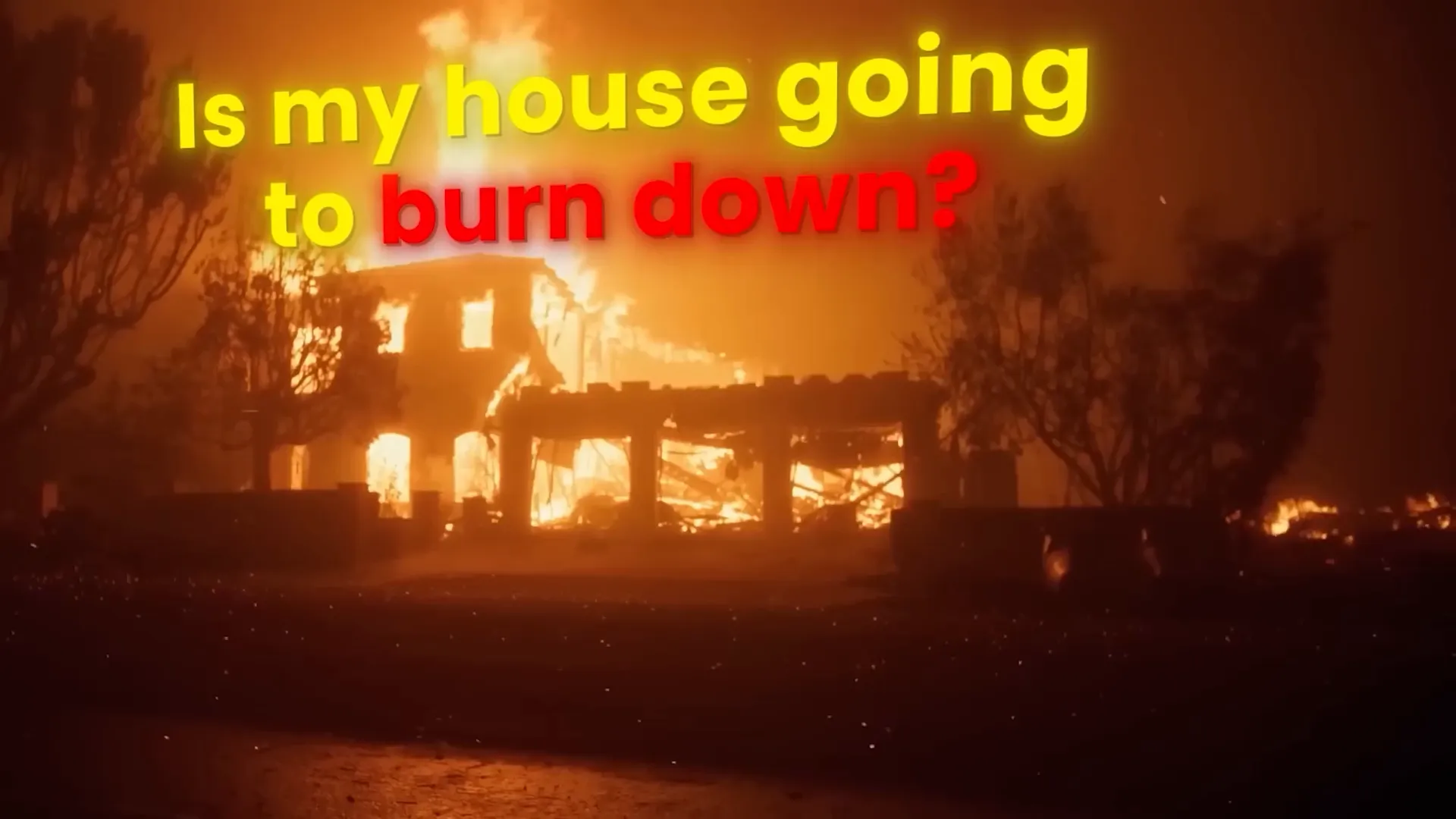
These questions stem from a genuine concern about the quality of life in Southern Oregon during the fire season. To provide clarity, I analyzed ten years of air quality data for Medford and Grants Pass, examining every single day from 2014 to 2024. The findings may surprise you.
Surprising 10-Year Data on Wildfires in Southern Oregon
In an average summer in Southern Oregon, you can expect between 8 to 10 days of unhealthy or worse air quality, as categorized by the EPA. This data is not just a haphazard guess; it is based on actual records. Additionally, there may be a few extra days throughout the year due to bad air inversion or prescribed burns. However, focusing primarily on summer, which is predominantly driven by wildfires, we can get a clearer picture.
How Many Smoky Days Does Southern Oregon Really Get?
So, how many days of smoke can you expect? The 10-year average indicates that you should prepare for 8 to 10 days of unhealthy air quality during the summer months. This estimate is based on comprehensive data gathered from the EPA (Environmental Protection Agency), looking at every single day from 2014 to 2024. However, it's important to note that while the average is 8 to 10 days, this doesn't take into account occasional spikes in smoke days due to particular weather conditions or intense wildfires. Is this worth moving away from? That’s a question only you can answer, and it’s not just about the numbers. You may find that the beauty and lifestyle of Southern Oregon outweigh the smoke days. Before making any decisions, let's explore fire insurance, as this could be a pivotal factor in your decision-making process. Understanding your options and potential costs associated with fire insurance can help you gauge your readiness for life in this region, especially if you are concerned about wildfires and their impact on air quality.
Can You Get Fire Insurance in Oregon?
Now let's discuss fire insurance. Can you get it? Is it affordable? Simply put, the answer is a bit nuanced. In Oregon, fire insurance isn’t a standalone product like it is in states such as California. Instead, your homeowner's insurance automatically covers wildfire. This is a crucial point to know.
On average, homeowners insurance policies in Oregon range from $200 to $300 per month for a typical rural setting home. This is considerably more affordable compared to what people pay in California. However, certain situations may complicate your ability to obtain coverage. For instance, if your home is in a very rural location, 10 miles or more from a fire station, surrounded by trees, or on sloped terrain, it may be challenging to find a willing insurer. But even in those cases, I’ve only encountered one client who couldn’t find coverage.
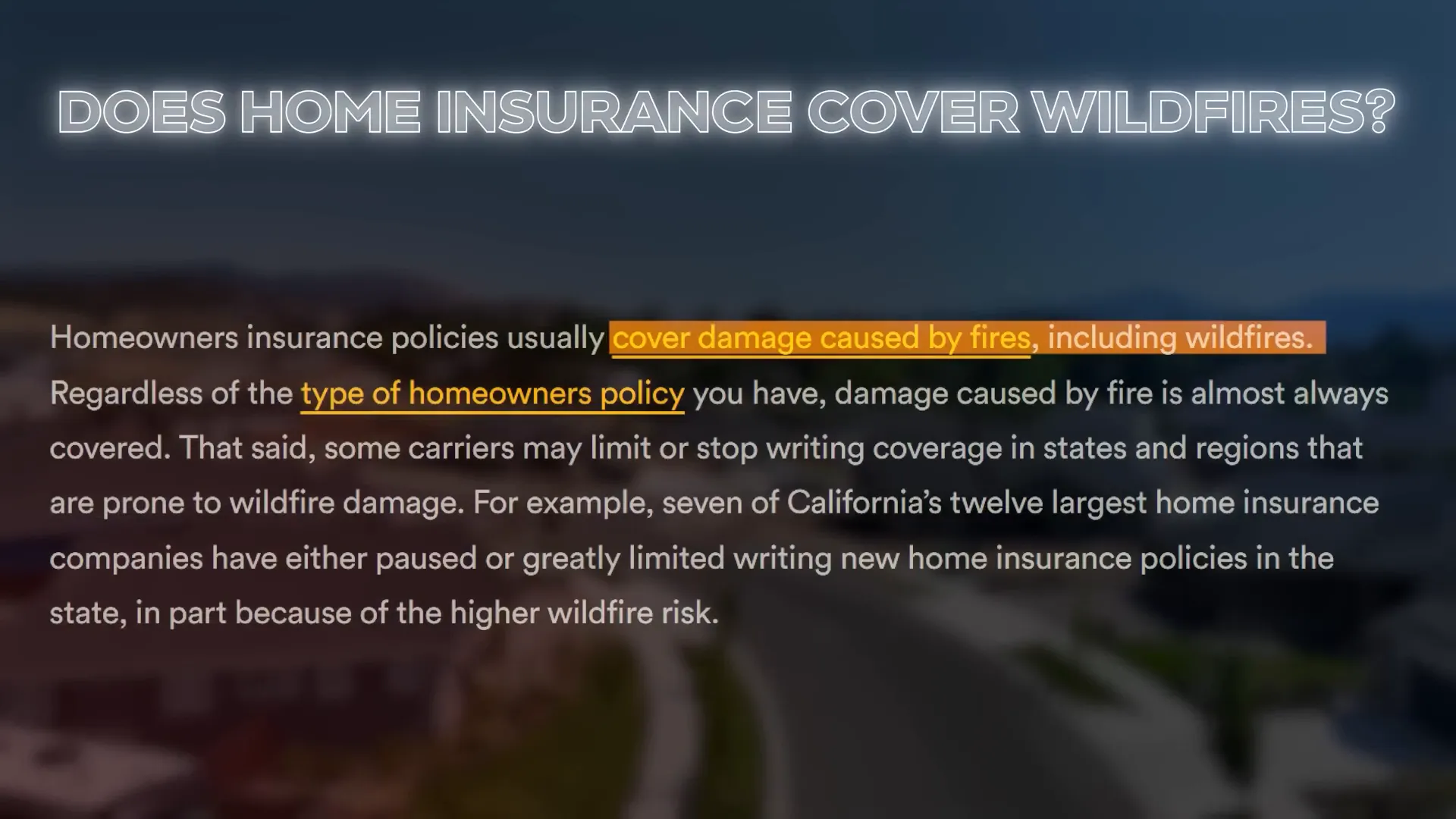
What’s the Worst-Case Scenario with Wildfires in Southern Oregon?
Let’s talk about the worst-case scenario regarding smoke in Southern Oregon. As someone who has lived here for over 30 years, I can recall some particularly severe fire years, such as in 2002 when the Biscuit Fire burned half a million acres near Cave Junction. That incident was so severe that President Bush even visited Southern Oregon to assess the damage firsthand.
The worst year in the last decade was 2020, during which we experienced a stretch of 19 consecutive days of unhealthy air quality, primarily due to the Dixie and Caldor fires in Northern California. It’s an outlier, but it provides context for what could happen under extreme conditions.
Air Quality: Medford vs. Grants Pass
Next, let’s compare Medford and Grants Pass, as they are the two cities for which we have reliable air quality data. Both cities show highly correlated air quality metrics, measuring around 83% similarity. This means that, despite their close proximity, there can be noticeable differences in air quality at any given time due to various factors, including local topography and weather patterns. For instance, while one city may enjoy clear skies, the other could be under a blanket of smoke from nearby wildfires, illustrating the unique microclimates that exist within this region.
On average, Grants Pass experiences fewer unhealthy days—an average of just 8 days per year—compared to Medford's 10. This distinction is significant for those considering relocation, as it suggests that Grants Pass may provide a slightly healthier living environment during the peak wildfire months. Additionally, Grants Pass has fewer streaks of unhealthy air quality. For example, over the last decade, Grants Pass had only four instances of unhealthy air quality lasting a week or more, while Medford experienced eight such streaks. This indicates that residents of Grants Pass are likely to face less prolonged exposure to unhealthy air quality conditions than their counterparts in Medford. The data underscores the importance of understanding local air quality trends when evaluating potential homes in Southern Oregon.

Is Oregon’s Air Better Than the Rest of the West?
Now, how does Southern Oregon's air quality stack up against other regions in the western United States? The data reveals a surprising and reassuring truth: Southern Oregon's air quality is actually better than many cities known for their pollution and unhealthy air, including Bakersfield, Porterville, Riverside, Los Angeles, Fresno, and even Boise, Idaho. While these cities typically experience more unhealthy days per year than Medford or Grants Pass, the statistics are not just numbers; they represent the quality of life for residents in Southern Oregon.
What this means for those considering a move to this region is that they can expect to enjoy a healthier environment, with the majority of the year presenting clear skies and fresh air. The local climate and geography work in favor of maintaining better air quality, allowing for outdoor activities and an overall enhanced lifestyle. So, while concerns about wildfires are valid and should not be dismissed, it's equally important to recognize the overall air quality benefits that Southern Oregon provides compared to many other parts of the western United States.
Ultimately, the air quality statistics are a testament to the region's natural beauty and livability. For those who value both outdoor adventures and a relatively clean atmosphere, Southern Oregon stands out as an appealing option, especially when juxtaposed against areas with much higher pollution levels and more frequent unhealthy air days.
What Most People Don’t Realize About Wildfires in Oregon
It’s easy to focus on the negatives when it comes to wildfires and smoke, but let’s take a moment to reframe the conversation. Medford and Grants Pass both enjoy around 240 days of good air quality, plus another 70 days classified as moderate. This means you can expect over 300 days a year to be relatively fine for most people.
Only about 10 days per year would the EPA (Environmental Protection Agency) categorize as unhealthy. So while the smoke is indeed a concern, it’s crucial to consider the bigger picture.

Some may argue, "But what about all those Facebook comments I read about the horrible smoke in Southern Oregon?" It's not that those comments are unfounded, but they often lack the data to back them up. Many people have strong opinions, and their experiences may not represent the full picture.
It's similar to the homelessness situation in Southern Oregon. Long-time residents may nostalgically remember a time when wildfires were less frequent, which can skew their perspective. While wildfires are indeed worse now than in the past, they still remain significantly better than in regions like Southern California.
Final Thoughts on Wildfires in Oregon
If you are considering moving to Southern Oregon, it’s essential to weigh all these factors carefully. Wildfires in Oregon are part of the reality here, but understanding the statistics and nuances can help you make a more informed decision. As a top-producing realtor in the region, I am here to assist you in navigating this complex landscape. Whether you’re interested in learning more about homes in Medford, Grants Pass, or Ashland, don’t hesitate to reach out to our team.
FAQs About Wildfire in Southern Oregon
What is the average air quality during wildfire season in Southern Oregon?
In an average summer, you can expect between 8 to 10 days of unhealthy or worse air quality in Southern Oregon, as categorized by the EPA (Environmental Protection Agency). This is based on 10 years of air quality data.
How can I find reliable air quality data?
The EPA (Environmental Protection Agency) provides comprehensive air quality data for various regions. You can validate local air quality statistics by checking their website.
What should I know about fire insurance in Oregon?
In Oregon, fire insurance is not a standalone product; your homeowner's insurance automatically covers wildfire. Typically, homeowners insurance policies average between $200 to $300 per month for a typical rural setting home.
Are there significant differences in air quality between Medford and Grants Pass?
Yes, while both cities show similar air quality metrics, Grants Pass generally experiences fewer unhealthy days compared to Medford, making it a potentially better choice for those particularly concerned about air quality.
For those who want to dive deeper, be sure to download our FREE Relocation Guide. Thank you for taking the time to read this article, and I look forward to helping you find your dream home in Southern Oregon!

Buying Southern Oregon
At Buying Southern Oregon, we are a dynamic team dedicated to helping you achieve your real estate goals. Combining Brian Simmons’ deep market expertise and Josh Berman’s strong negotiation skills, we provide personalized service and local knowledge to ensure a seamless and rewarding experience. Whether you’re buying, selling, or relocating, we’re here to guide you every step of the way and make your Southern Oregon real estate journey a success.
